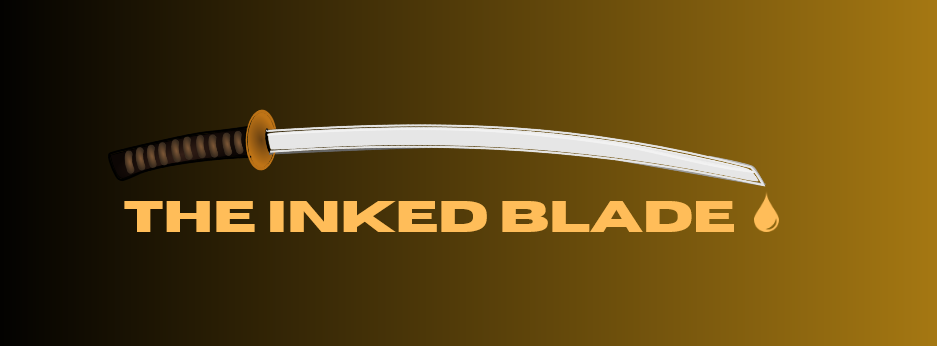World-building, at its most basic, is determining the rules within which your cast of characters acts. Some of these rules will be unbreakable (the basic physical laws of the world), and others will be negotiable. As a matter of fact, a lot of story tension can come from a character breaking the rules, and maybe changing society in the process. Even our most basic needs, like food, clothes and shelter, as well as safety and security, are governed by such rules and are therefore free game for any worldbuilding author.
If your characters are human(oid) or otherwise not endowed with hard shells, scales, thick fur, or magic, they will need a second skin. In other words, clothes. What those clothes look like, what materials they are made of, and what functions they serve is as characteristic for a particular society as for the individuals within it.
Are clothes only for protection from the elements, or also for protection of modesty or status? Or all of the above? Are they an expression of individuality or conformity or a sense of aesthetics? Do your characters care about fashion? Do they like dressing nicely, whatever that means to them and the world around them? Or do their clothes serve to disguise their real status in society, or maybe their gender or their identity?
Whenever we encounter someone we don’t know, their clothes are one of the first things we notice. We can’t help it. And we can’t help but forming a first impression, an opinion, of who that person is, and whether we like or trust them and whether we think we have something in common with them. This automatism can be annoying at times, misleading or limiting, but it can also be freeing. Clothes signal to the world around us who we are or, rather, who we want to appear.
It’s the same for any character in a novel, so you can use a (very) few carefully chosen details of their clothes to show what picture they present or want to present to the world. Even better if those details are incongruous, because it generates tension. And tension, no matter how minor, helps to keep the reader engaged. So maybe that silk shirt has seen better days. Maybe the protagonist is wearing boots when everybody else wears sandals. Or another character is a real sourpuss, but they dress in eye-squeezingly bright colors. Such details can convey a lot about your characters. And how people react to their appearance can reveal a lot about them as well as about the society in general.
The same goes for shelter, of which clothes are arguably just a very personal, very portable subcategory. If your clothes give a clue to who you are, so does the place where you live or stay, whether it’s a tent, a hut, or a house; a hovel or a palace. In the case of a palace, though, clothes serve to distinguish between the ruler of the realm or their lowliest servant.
None of these subtle cues require a lot of involved writing. It’s all about choosing your details for maximum effect. You can use those details to build a very clear picture of who your characters are. And then you can choose whether to confirm that impression or whether to turn it on its head. This way you layer on micro-tension. The pertinent word being “layers”, which make up a fully realized character. A character whom readers care about and want to follow for the span of your story. In that way, world-building and character-building are inseparably linked.

